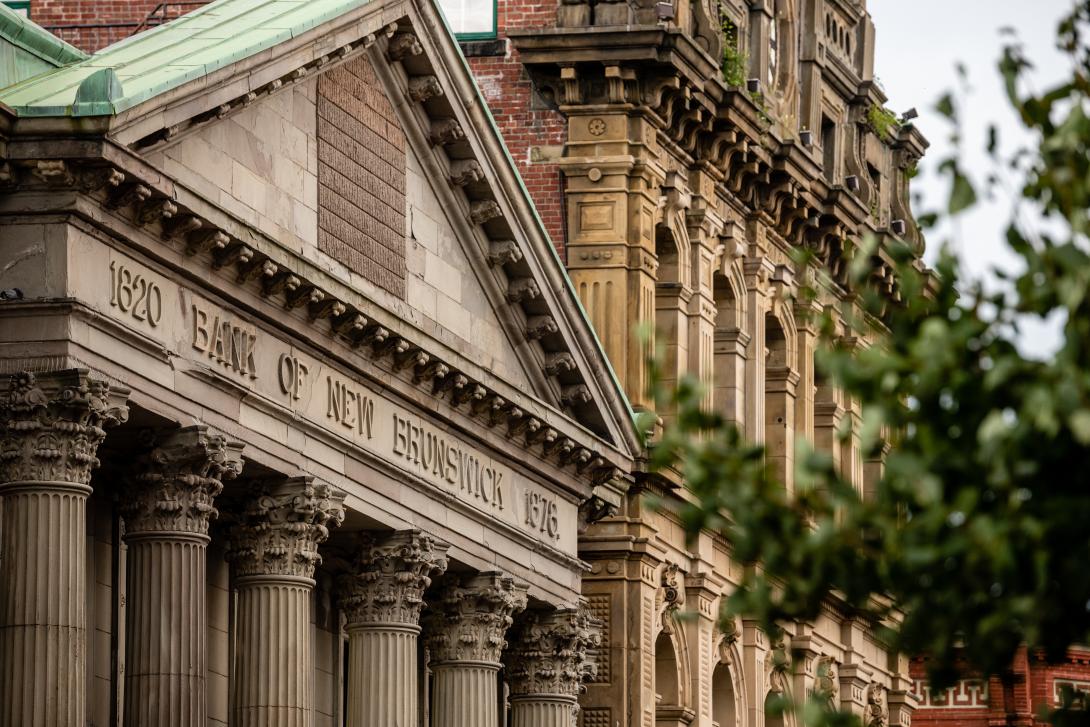Starting your life in a new place, including the Saint John Region, involves taking a new financial journey, as well. So it’s very important to understand the basics of banking and finance in your new home.

Canadian currency
Canadian currency is based on the dollar. One dollar is made up of one hundred cents. Canadian currency comes in both paper bills (modern bills are actually a plastic polymer) and metal coins.
Bills come in denominations of $5, $10, $20, $50, and $100, each with a distinct colour and illustration. The dollar amount is indicated on the bill.
Coins come in denominations of five cents (called a nickel), 10 cents (called a dime), 25 cents (called a quarter), one dollar (called a “loonie”), and two dollars (called a toonie).
Finance in Canada
Canada’s financial ecosystem is made up of banks, credit unions, trusts, and other financial and insurance companies. It is considered to be one of the most sound and safest in the world. According to the Global Competitiveness Report 2019, published by the World Economic Forum, Canada ranked 9th globally for its financial system, showcasing stability and reliability.
Start your financial journey with a bank account
As a newcomer to Canada, one of your first steps in settlement should be to open a bank account at a financial institution. Having a bank account is very important because you’ll likely use it for spending, saving, investing, and borrowing. Bank services include savings accounts, chequing accounts, lines of credit, credit cards, debit cards, mutual fund investing, and other investing options.
Avoid financial fraud
The Financial and Consumer Services Commission protects consumers and enhances public confidence in the financial and consumer marketplaces. It offers helpful advice on fraud, how to spot scams, and other financial topics.